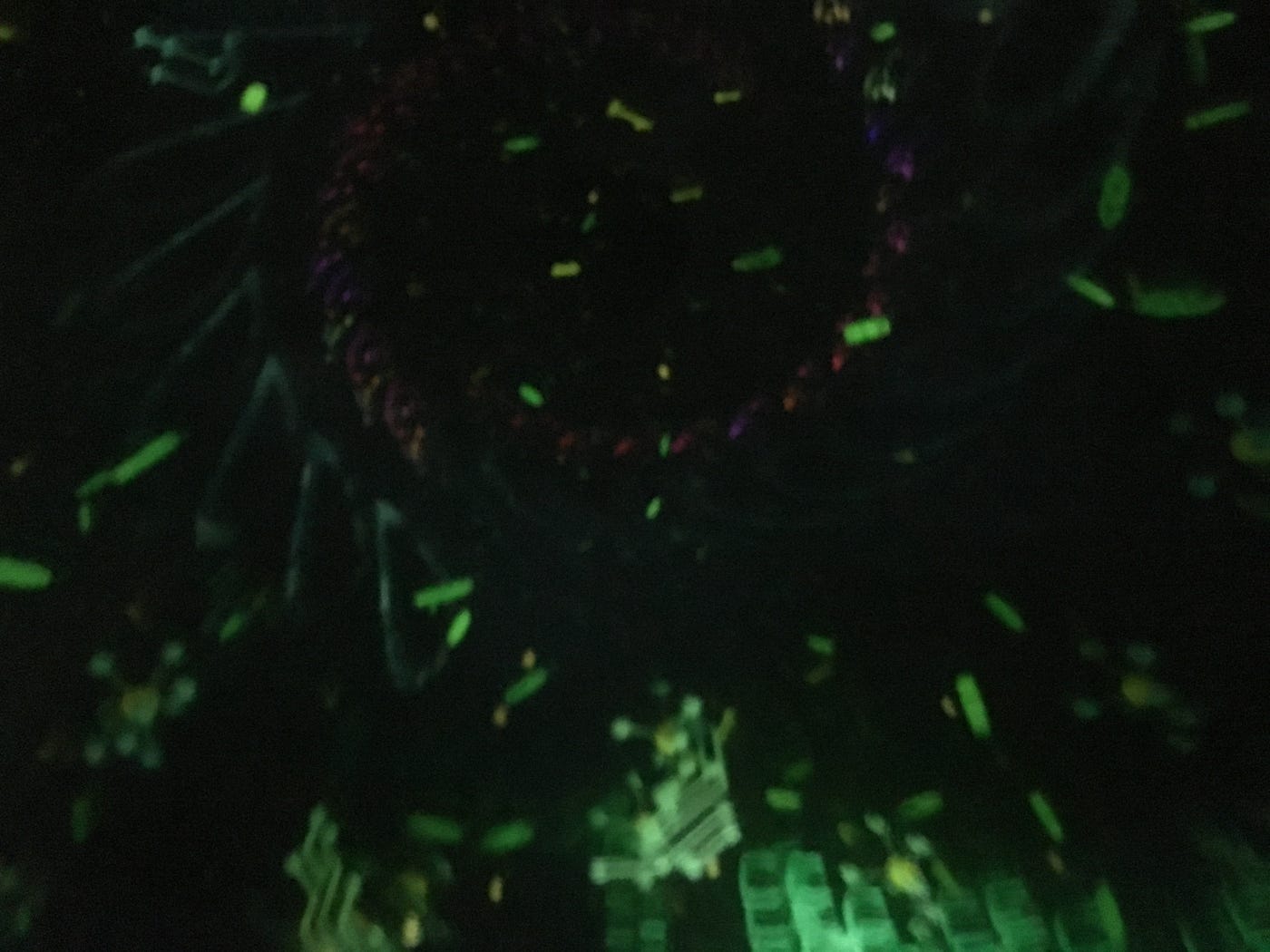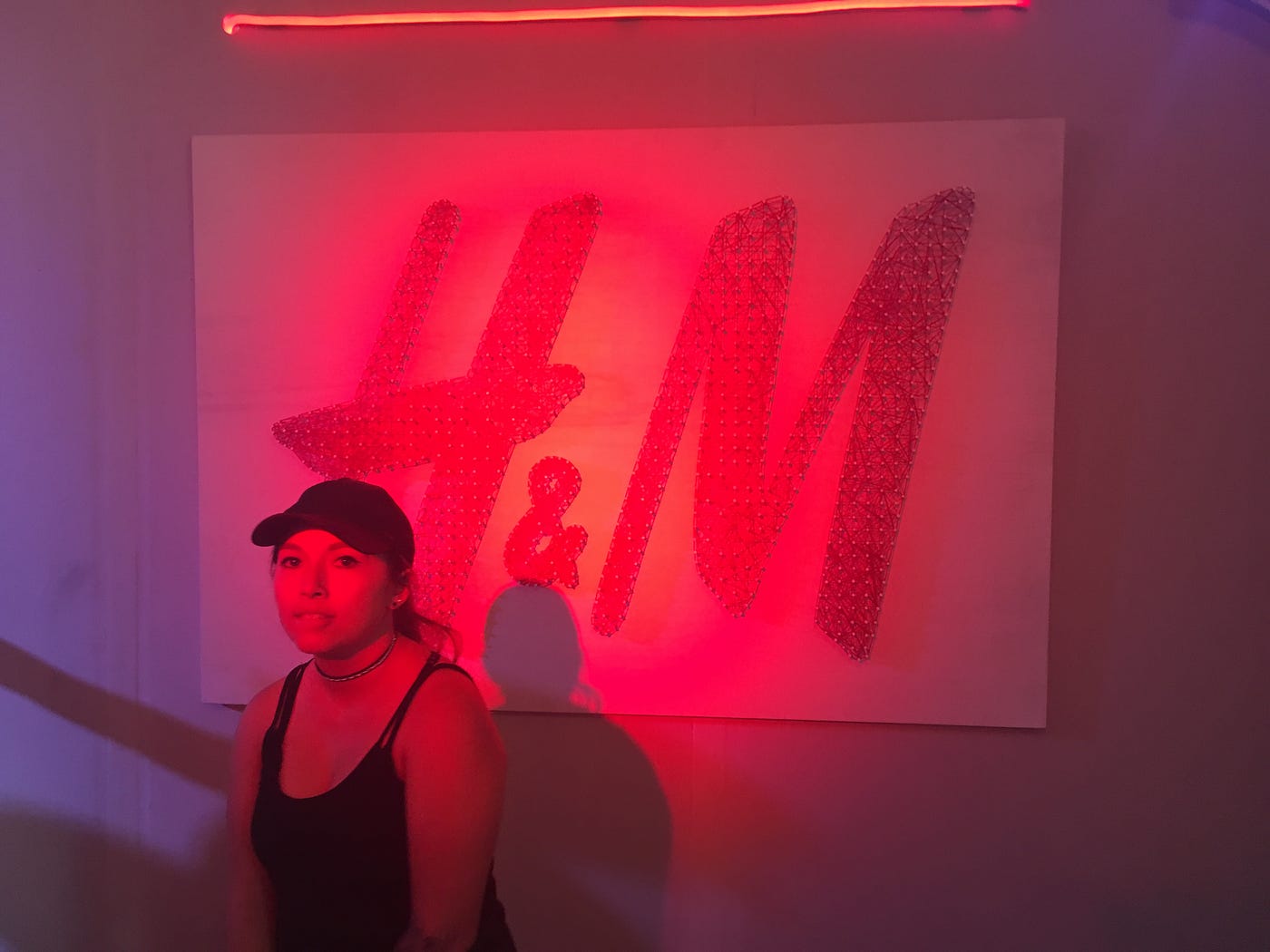
Coachella. To many it evokes the mental image of sweaty bodies gyrating to hundreds of bands while the unrelenting sun blazes and burns you up. But Coachella is more than just music… To the astute fan of immersive installation art, it can be a treasure trove of new works by some of the best creators working, often in new and grandiose (read: Well Funded!) media. As I have been going to the Coachella Music and Arts Festival for more than a decade now, I shall present here an annotated list of some of the better experiences I have had with a brief exploration of this year’s edition.
Before we get into the what, there are a few major aspects about how the art (especially immersive installations) function at Coachella. The primary reason people go to Coachella is for the music. Whether it is EDM, rock, hip hop or jazz (or some combination of the above!), people are there to see the music, and the artistic installations to many are often just diversions to check out between bands or places to grab some shade from the giant gas ball in the sky. That brings me to perhaps the most important aspect of art at Coachella to be noted by other artists… Scalability. Almost all of the pieces allow for maximum participation by the patrons, since people will wait (at most) twenty minutes for an experience.

Without hyperbole, the benchmark of the blending of interactive art and Coachella was the 2011 edition. That year, there was a very public partnership between Coachella and The Creators Project, which very astutely blended the art and music worlds, both as installations and as part of the rock concerts themselves. The most noticeable manifestation of this was Chris Milk’s incorporation of hundreds of light up balloons falling on the crowd during Arcade Fire’s set (look here), but what was oft overlooked was the installation built around the Spiritualized song “Ladies and Gentlemen, We Are Floating In Space”. In a silver ziggurat adjacent to the main stage, guests could come in from the heat into a pitch black room with four shafts of light. Throughout the room, the sonorous tones of the orchestral backing tracks emanated from the darkness, but when you stood under one of the shafts of light, you heard one of the melodic tracks (vocals, guitars, horns, etc.), giving it an almost religious feel.
Get Martin Gimenez’s stories in your inbox
Join Medium for free to get updates from this writer.
SubscribeSubscribe
This piece felt the most like a traditional immersive piece… A beautiful environment which has the possibility of discovery hiding in plain sight. Ironically, most people would just look at this piece as a place to rest in air-conditioned comfort!
Flashing forward to 2015, Vanessa Bonet and Derek Doublin’s piece, “Corporate Headquarters”, created a bit of a stir as it allowed the passerby to view into a giant warehouse where people with Hippo heads would walk around alternating between mundane office tasks and complete mischief. While not immersive in a traditional sense, its pieces like this which can make the experimental comprehendible for the masses, and normalize that which is brilliant and new.

Now to this year. The visual and installation art this year was certainly toned down as far as interactive experience compared to years past. But if you were willing to hunt, you could certainly find some chestnuts of immersion to give you a respite from the sweaty bodies, and two experiences in particular were noteworthy. The strongest environment this year was actually a commercial hut sponsored by clothing chain H&M. A series of environments which felt like low level copies of pieces by artists such as Jenny Holzer and others. This art was at the same time cool and disconcerting, because it wasn’t just placed within the middle of the field, but needed to be a giant commercial. The other experience this year which was noteworthy was “Antarctic” sponsored by HP. This was a mass VR experience in a giant domed tent which increased the scalability of VR to the scope of 300 or so in a planetarium type setting. While this was a beautiful visual piece, it just felt like something built to watch while on various hallucinogenics (which I was not).
On a whole, while there have been some amazing integration of the interactive installations within the Coachella field in years past, this year was rather lackluster. I hope that in future years there will be more interactivity and less commerciality (a laughably long stretch, I admit). But, all things being equal, the scale of the art at Coachella is far greater than any other music festival setting, and it brings immersive environments to thousands of people who otherwise would never experience them (and provide opportunities to artists to boot). Let’s hope that in future years, they continue to expand upon their successes.





















Discussion